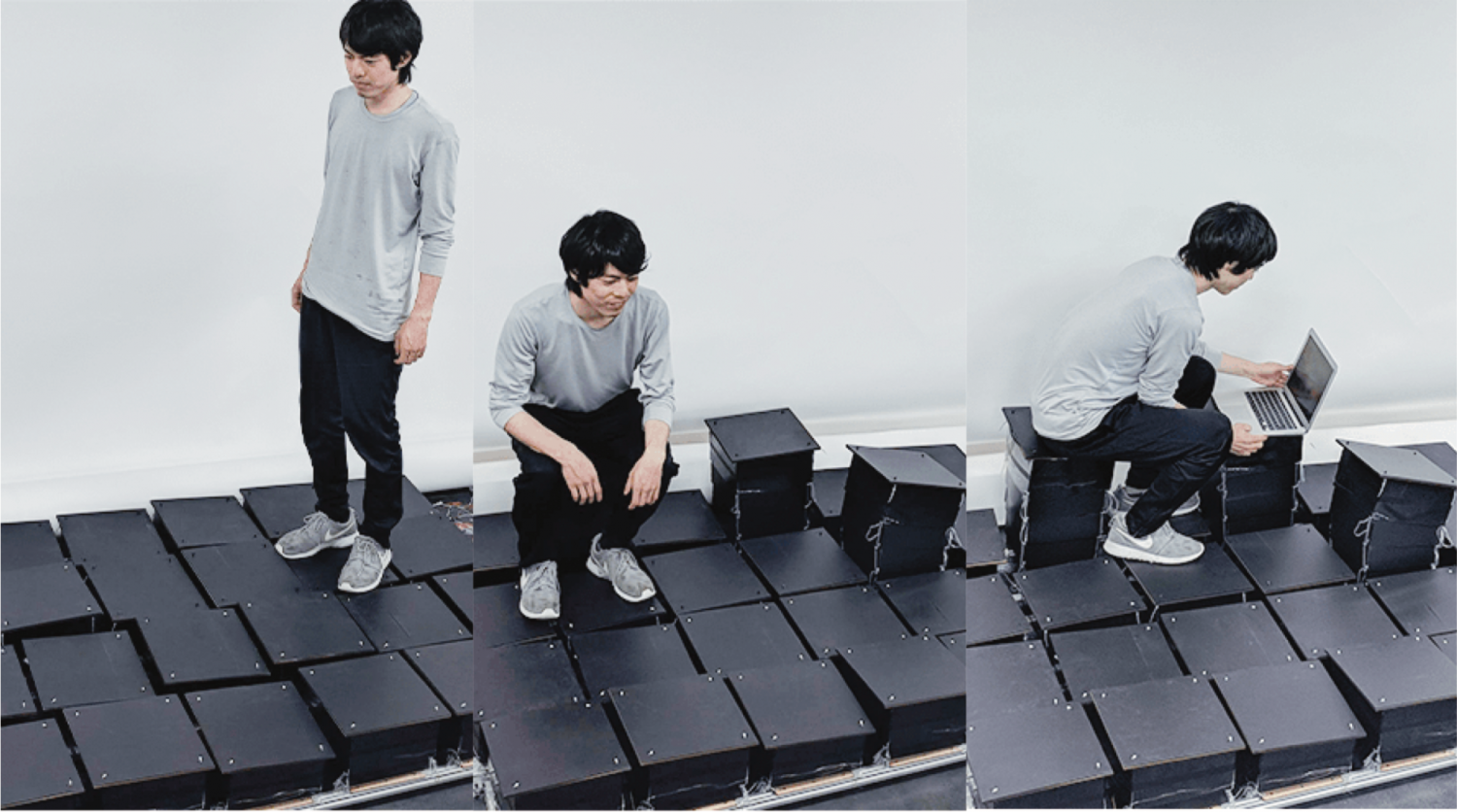LiftTiles

Associated Researchers
In the News
Publications
Ryo Suzuki, Ryosuke Nakayama, Dan Liu, Yasuaki Kakehi, Mark D. Gross, and Daniel Leithinger. 2020. "LiftTiles: Constructive Building Blocks for Prototyping Room-scale Shape-changing Interfaces". In: Proceedings of the 14th ACM International Conference on Tangible, Embedded and Embodied Interaction (TEI '20). (Sydney, Australia, Feb. 9-12, 2020).
Ryo Suzuki, Ryosuke Nakayama, Dan Liu, Yasuaki Kakehi, Mark D. Gross, and Daniel Leithinger. 2019. "LiftTiles: Modular and Reconfigurable Room-scale Shape Displays through Retractable Inflatable Actuators". In: Adjunct Proceedings of the 32nd Annual ACM Symposium on User Interface Software and Technology (UIST '19). (New Orleans, Louisiana, Oct. 20-23, 2019).


